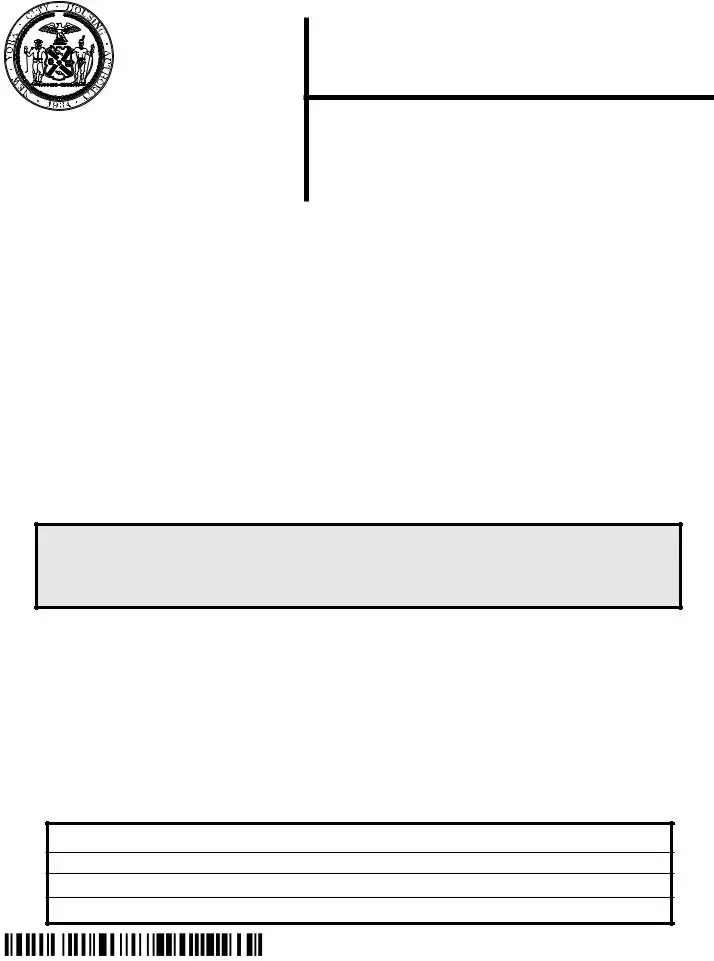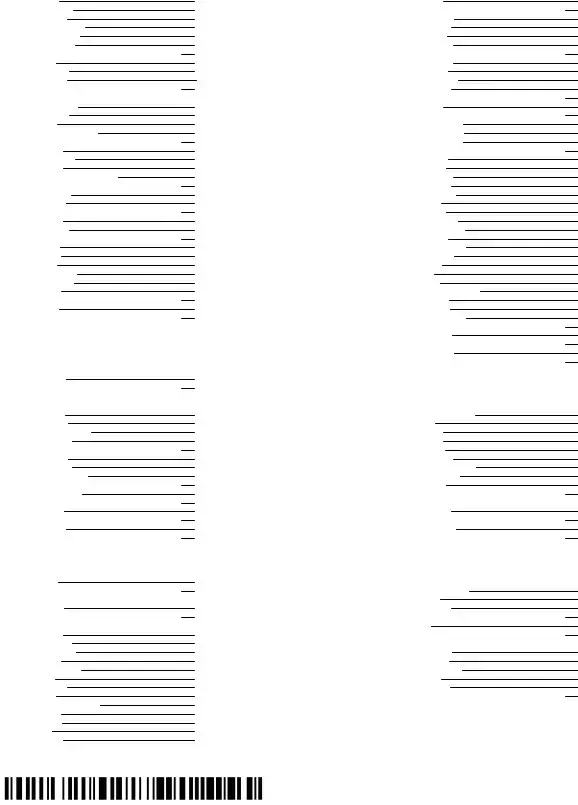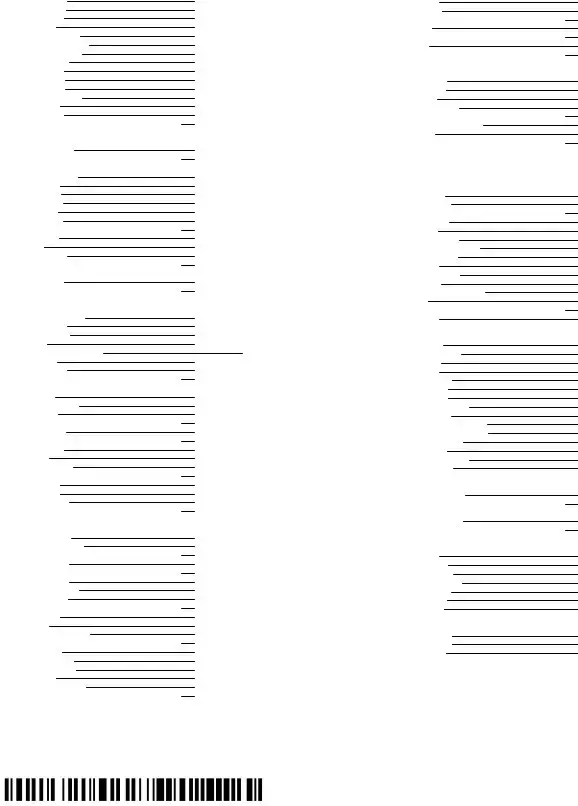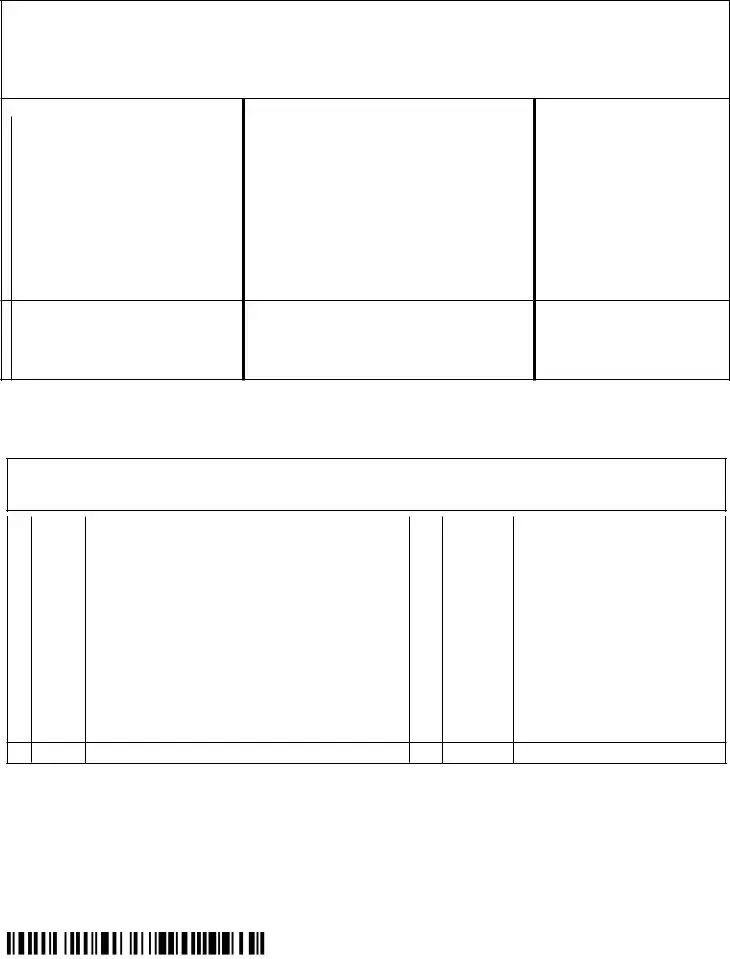F. APPLYING FOR PUBLIC HOUSING
In order to be considered for an apartment in a public housing development, a completed application must be submitted online from our website at www.nyc.gov/nycha. Applicants select a irst and second borough choice and provide information about their total household income, family composition and current living situation. Applications are assigned a priority code based upon information provided, and placed on the Housing Authority’s preliminary waiting list to await an eligibility interview. Within 30 days of our receipt of your application, you will receive an acknowledgment letter. This application will be in force for 2 years from the date of receipt. It is not necessary to re-ile during this period. However, if you are not scheduled for an eligibility interview during this 2 years period, you must ile a new application at least 30 days before the expiration date to maintain your place on the waiting list.
Applicants are scheduled for an eligibility interview based upon the following:
yThe Authority determines how many applications are needed to ill anticipated vacancies at each development over a nine month period.
yThe Authority determines the number of applicants required to be interviewed who would complete the application process and result in the number of rentals needed to ill those anticipated vacancies in each borough and its developments.
yA computer then selects applicants on a borough by borough basis, based upon their irst borough choice, apartment size required, housing priority and date of application.
Borough choice is a signiicant factor in determining how soon an applicant will be scheduled for an interview. Therefore, it is important for applicants to select their irst borough choice carefully. The Authority has longer waiting lists and fewer vacancies in the boroughs of Manhattan and Queens. Applicants selecting one of these boroughs as their irst borough choice will probably take longer to be reached on the preliminary waiting list.
G. HOUSING PRIORITY INFORMATION
The Housing Authority has implemented a Dual Preference Priority System (Working Family and Need Based) in which it ranks each applicant. An applicant may be assigned a priority in either, both, or neither Preference. The priority ultimately assigned is the one that irst gains the applicant an eligibility interview.
H. WORKING FAMILY PREFERENCES
Families must live or work in New York City.
1.W1 PRIORITY Applicants with gross family incomes from 51% to 80% of area median income.
2.W2 PRIORITY Applicants with gross family income from 31% to 50% of area median income
3.W3 PRIORITY Applicants with gross family income from 30% or below of area median income who are “working families.” A “working family” shall mean: Income which is based on actual employment or if the head of household and spouse, or sole member, are 62 years or older or are receiving Social
Security Disability, Supplemental Security Income, disability beneits, or any other payments based on an individual’s inability to work.
4.The chart below lists the required gross family income for the W1 and W2 priority.







